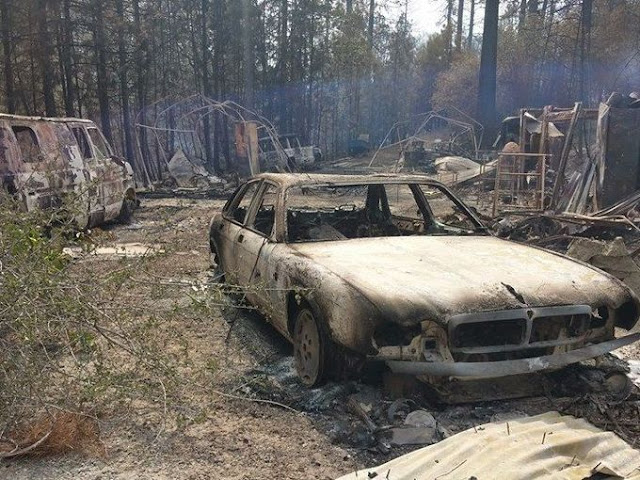Welcome
Dear readers,
Welcome to my natural hazards blog! I post regularly about any natural hazards going on around the world on a day-to-day basis.
Enjoy!!
Welcome to my natural hazards blog! I post regularly about any natural hazards going on around the world on a day-to-day basis.
Enjoy!!
A
Saturday, 26 September 2015
Saturday, 19 September 2015
Earthquake in Chile
So... first post of the blog! The topic is going to be the huge earthquake that struck Chile on Wednesday 16th September.
The lowdown: On the 16th September 2015 a very powerful earthquake struck off the coast of Chile. Over a million people were evacuated from coastal areas and at least 11 people were killed. Chile's government has declared a state of emergency in the central region of Coquimbo. Illapel, an inland city with about 30,000 residents was reported immediately to be without water. Two days after the earthquake 90,000 people were still without electricity.The earthquake had a magnitude of 8.3, the strongest this year, and has sent tsunami waves as far as Japan! It was the country's sixth most powerful recorded earthquake. The earthquake struck as many of Chileans were travelling to the coast to spend a week of celebrations for their independence day. Illapel, an inland city with about 30,000 residents was reported immediately to be without water. Two days after the earthquake 90,000 people were still without electricity.
The USGS (US Geological Survey) said that the tremor struck off the coast of Coquimbo, 46km (29 miles) west of the city of Illapel at 19:54 local time (22:54 GMT).
The USGS said it was at a depth of 25km, while Chilean seismologists calculated its depth at 11km.
How do earthquakes happen?
Earthquakes happen when tension is released from inside the Earth's crust. Tectonic plates do not always move smoothly alongside each other and sometimes get stuck. When this happens pressure builds up and is eventually released. This is when an earthquake tends to occur.
This map shows the seismic zones around the world. The seismic scale goes from 1-9, 9 being the zone at the highest risk of plate movement. Chile is in the red area, showing that it is at high risk of earthquakes and volcanos.
Subscribe to:
Comments (Atom)






